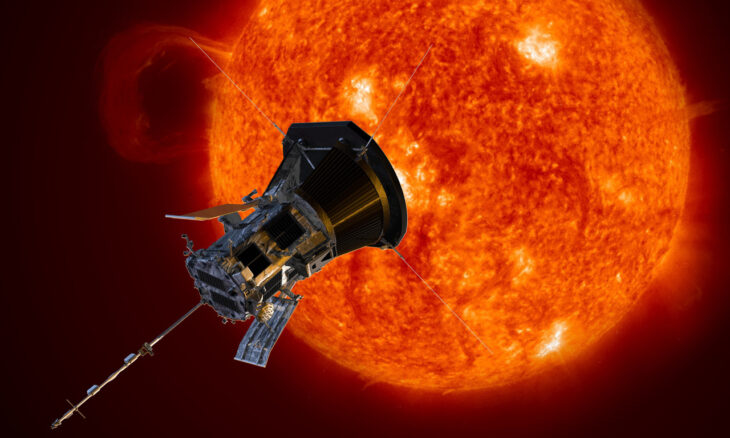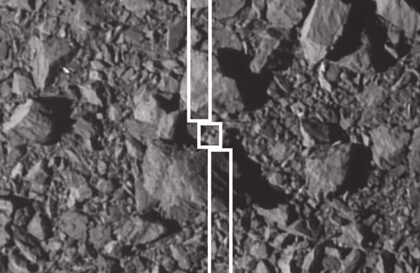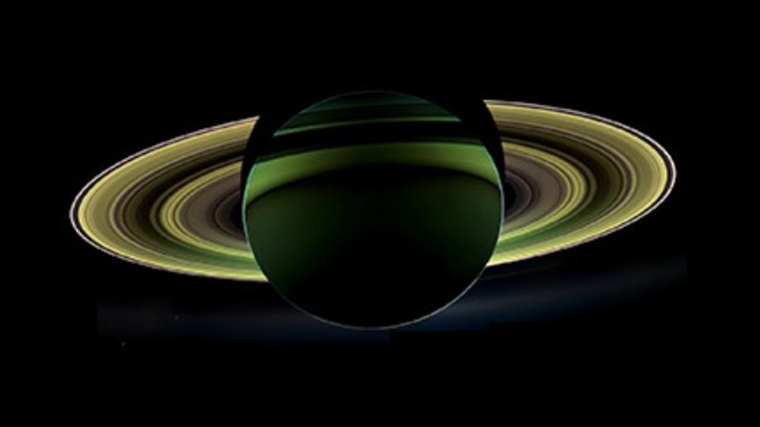September 27, 2023, will mark two new records for the Parker Solar Probe. Its speed will be 394,742 miles per hour and it will fly 4.5 million miles above the surface of the Sun, breaking its own speed and distance records.
Previous record holder
The previous record holder for the closest solar pass is the Helios 2 spacecraft, which flew 27 million miles in 1976. This spacecraft, one of the fastest objects ever created by man, flew at a speed of 252,792 km/h (70.2 km/s). The last contact with him took place on January 7, 1981.
What is the Parker Solar Probe?
NASA’s Parker Solar Probe is on a “touch the sun” mission. The mission will revolutionize our understanding of the Sun. Parker will fly more than seven times closer to the Sun than any spacecraft.
In seven years, the spacecraft will complete 24 orbits around the Sun.
At its closest approach, the spacecraft will pass about 3.9 million miles (6.2 million kilometers) from the Sun at a speed of approximately 430,000 mph (700,000 km/h). This speed is enough to get from Philadelphia to Washington in one second.
To enable unprecedented research, the Parker Solar Probe and its instruments are shielded from the sun by a 4.5-inch (11.43 cm) thick carbon-composite shield that can withstand temperatures reaching nearly 2,500 degrees Fahrenheit (1,377 Celsius).
What will help the probe set new records?
NASA’s Parker Solar Probe performed a short maneuver on August 3, 2023, to stay on course for its sixth flyby of Venus on August 21, 2023. In a maneuver carried out under preliminary commands from mission control at the Johns Hopkins Applied Physics Laboratory in Maryland, the Parker Solar Probe fired its small thrusters for 4.5 seconds, allowing it to correct its trajectory by 77 miles and speed up its closest approach to Venus by 1.4 seconds.
Parker Solar Probe makes its fourth of seven Venus gravity assists on Feb. 20, 2021. Credit: NASA/Johns Hopkins APL/Steve Gribben
This maneuver seems minor in terms of changing the probe’s speed and direction. Still, it is critical to properly harness Venus’s gravity, which will significantly change the probe’s speed and distance from the Sun.
Parker’s first visit to the Sun
On December 14, 2021, NASA announced a historic moment when the Parker Solar Probe penetrated the Sun’s upper atmosphere, known as the corona, and collected samples of particles and magnetic fields. This marked the first time a spacecraft came so close to the Sun. NASA’s Parker Solar Probe is tasked with diving into the Sun’s atmosphere, where it will encounter extreme heat and radiation to provide humanity with the first-ever sample of that star’s atmosphere.
Parker Solar Probe was designed to travel about 4 million miles (6.5 million kilometers) from the sun’s surface to monitor energy flows, study the heating of the solar corona, and study processes that accelerate the solar wind.
Questions that the Parker probe will answer
Parker’s mission is to help scientists better understand the sun’s impact on Earth and predict space weather, which can affect satellites and onboard electronics. She also explores mysteries that have long intrigued scientists:
why is the sun’s corona hotter?
then its surface, how the solar wind accelerates,
where high-energy solar particles come from.
The probe is equipped with four sets of instruments to study magnetic fields, plasma, and energetic particles and image the solar wind.
The mission is named after Dr. Eugene N. Parker, who pioneered the study of the Sun.
Where is the surface of the Sun?
The Sun does not have a solid surface, like the Earth and other rocky planets and satellites. The part of the Sun, usually called its surface, is the photosphere. The word “photosphere” means “sphere of light” – it is the layer that emits the most visible light. This is what we see from Earth with our own eyes. Radiation from deeper layers no longer reaches us.
Its temperature is about 5800 K. The photosphere reaches a thickness, according to various estimates, from 100 to 400 km.
Dark areas called sunspots are visible on the surface of the Sun. Sunspots are “cool” areas, with temperatures around 3800K (they only appear dark in comparison to surrounding areas). The spots can reach very large sizes, up to 50,000 km in diameter (the diameter of the Earth is 12,760 km).
Above the photosphere lies a small region called the chromosphere. The highly discharged region lying above it is called the corona. The corona extends millions of kilometers into space but is only visible during eclipses. The temperature of the corona is about 1,000,000 K, it is many times hotter than the surface. And this is the question that the Parker probe will help answer.
Follow along with me on Parker Solar Probe’s journey around the sun.
Image credit:
https://solarsystem.nasa.gov
https://blogs.nasa.gov
https://bgr.com






